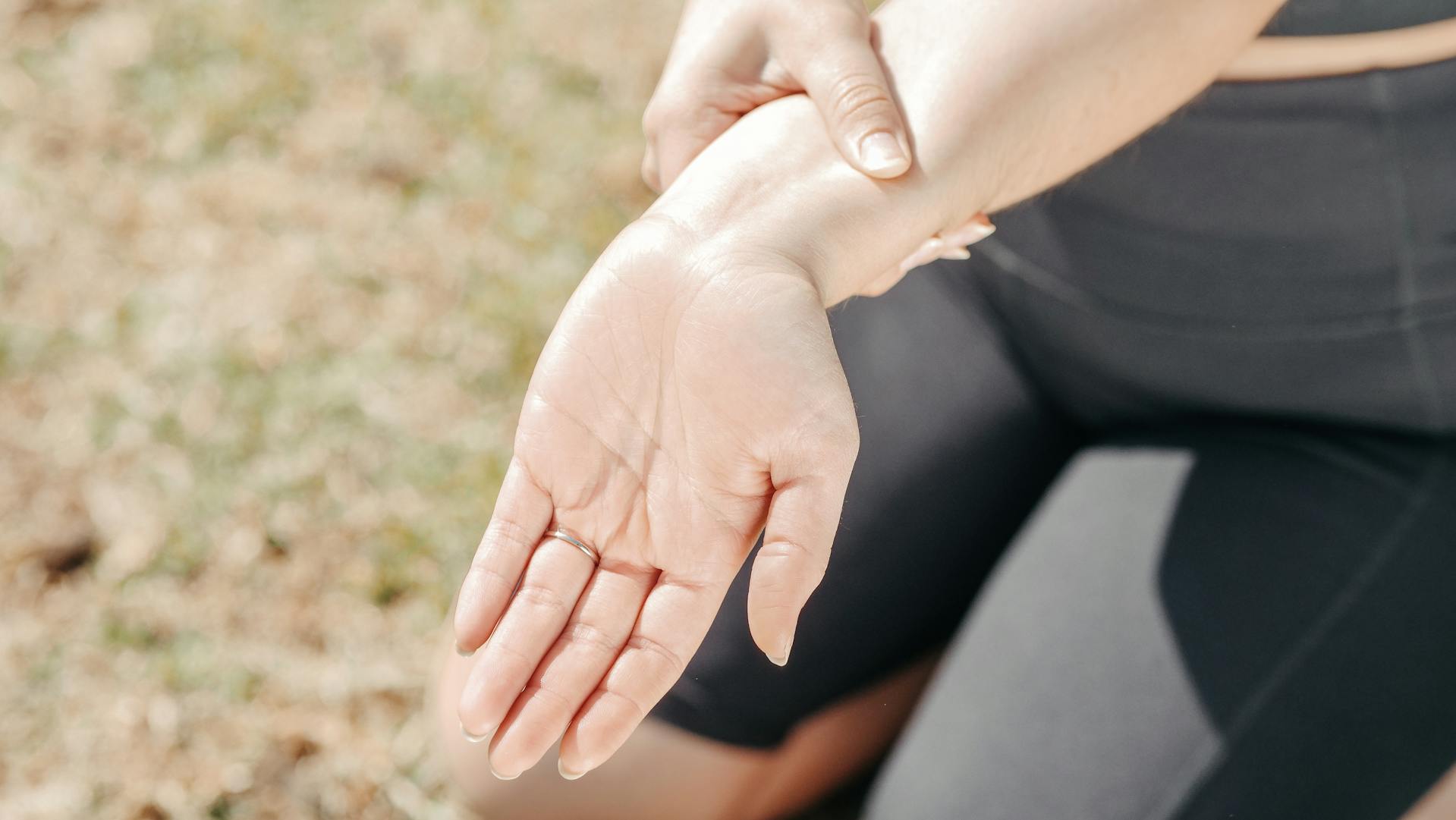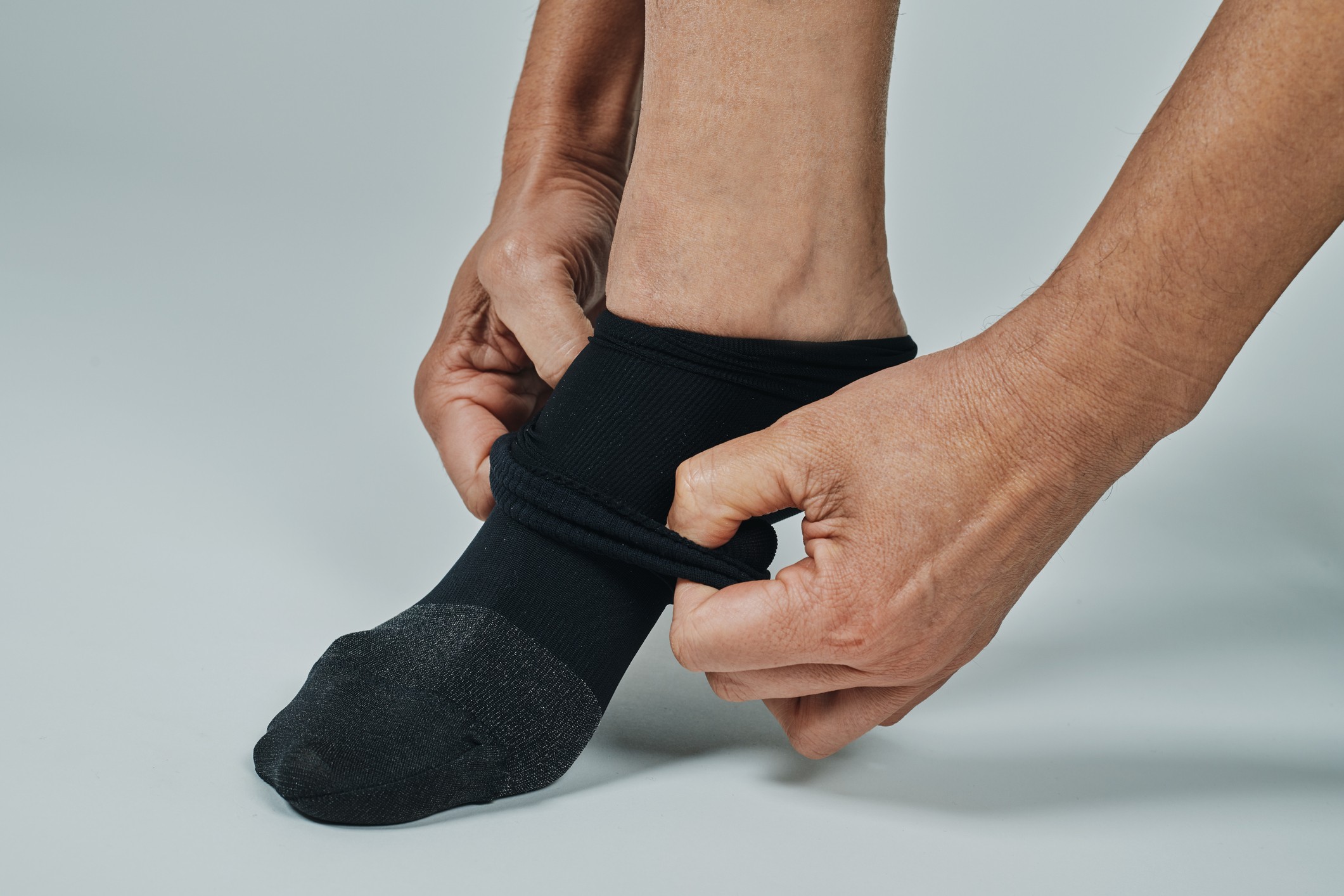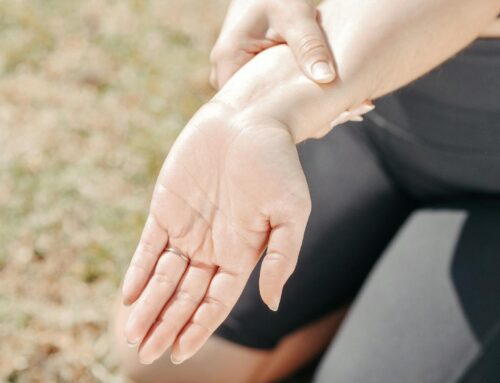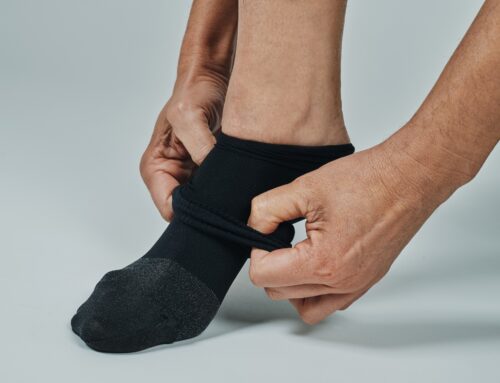Do you experience pain in your knees? If so, you’re not alone. In fact, according to the Arthritis Foundation, the most prevalent kind of arthritis is osteoarthritis, and affects more than 27 million Americans. There are several ways to manage knee pain, including over-the-counter and prescription medications, injections, and surgery. But a knee brace may be right for you if you’re looking for a non-invasive way to manage your pain.
Knowing which knee brace is best for you might take some time because there are so many different types available. In this article, we’ll walk you through the different types of knee braces available and their benefits. We’ll also give you tips on choosing the right knee brace for you.
What Is Osteoarthritis
Osteoarthritis, also called degenerative joint disease, is a condition that affects the joints, causing pain and stiffness. It’s the most common type of arthritis, and it develops when the protective cartilage that covers the ends of the bones starts to wear away.
If you’re living with osteoarthritis, you know how debilitating it can be. The pain can make it challenging to move around, do everyday activities or even sleep. That’s where knee braces come in. Knee braces can help ease the pain and stiffness of osteoarthritis, making it easier for you to move around and do the things you love.
Types of Knee Braces for Osteoarthritis
You can use a variety of knee braces to relieve the discomfort associated with osteoarthritis. Here are some of the most typical:
- Compression knee brace: A compression knee brace is a lightweight brace that fits tightly around your knee. It provides short-term pain relief by compressing and supporting the knee joint.
- Hinged knee brace: A hinged knee brace is a heavier brace that helps keep your knee joint stable. It’s usually recommended for people with more severe osteoarthritis symptoms.
- Knee sleeve: A knee sleeve is a form-fitting sleeve that you slip over your knee. It’s designed to provide compression and support and can be worn under your clothes.
- Elastic bandage: An elastic bandage is a simple, lightweight brace that supports the ankle and shin. It’s not as effective as other braces, but it can be a good option for people who don’t want to wear a heavy brace or have mild symptoms.
- Neoprene sleeve: A neoprene sleeve is a popular option for people who want to keep their knees warm and flexible. It provides light compression and support and can be worn under or over clothing.
- Knee strap: A knee strap is a simple strap that wraps around your thigh and attaches to your kneecap. It provides light compression and supports the joint by keeping the kneecap in place.
Advantages wearing a Knee Brace for Osteoarthritis
There are many benefits to using a knee brace for osteoarthritis. Some of the top benefits include:
- Pain relief: A knee brace can help relieve pain. This is especially true for compression knee braces, which can offer short-term relief.
- Stabilization: A knee brace can help to stabilize the joint and keep it in place. This can help to reduce pain and inflammation.
- Support: A knee brace can provide extra support to the joint, which can help reduce stress and ease the pain.·
- Prevention: A knee brace can also help prevent further joint damage. By supporting the joint and reducing stress, a knee brace can help prevent osteoarthritis’s progression.
Many different knee braces are available on the market, so you must speak to a doctor or physical therapist to find the best option.
If you are experiencing pain from osteoarthritis, a knee brace may be a good option.
How to Select the Right Knee Brace for Osteoarthritis
When picking the right knee brace for your needs, there are a few things to consider. First, consider what type of knee brace will best fit you and your lifestyle. Do you need maximum support, or are you looking for short-term pain relief? That will help narrow down your choices. Then, take into account the level of support you need. A simple neoprene sleeve may be all you need if you have mild to moderate osteoarthritis. But if your arthritis is more severe, you may need a hinged knee brace that offers more support.
Once you know what type of knee brace you need, it’s time to start shopping around. Several characteristics of a top-notch knee brace include the following:
- Adjustability: A good knee brace should be adjustable to get a custom fit.
- Breathability: You want a knee brace that will keep you cool and comfortable, even when you’re active.
- Durability: A knee brace should be made from high-quality materials that stand up to regular use.
There are a few places to buy knee braces, including your local pharmacy, sporting goods store, or online. When you’re shopping, make sure to compare prices and features to find the best deal.
With some research, you can find the perfect knee brace to help you manage your osteoarthritis pain.
There are four types of knee braces: immobilization braces, unloader braces, range of motion braces, and compression braces. Immobilization braces have rigid bars that restrict movement, while unloader braces help reduce stress on the affected side of the joint. Range-of-motion braces can help reduce swelling and stiffness, while compression braces provide support and warmth to relieve discomfort.
While all types of knee supports may offer some pain relief from osteoarthritis, a compression knee brace is probably the most beneficial—especially in the short term.
Compression knee supports provide pressure which helps stabilize your joint during activity and reduce pain at rest or during physical activity. They also remind users to avoid specific movements that could cause further damage to their joints.
Considerations When Choosing a Knee Brace
When choosing a knee brace for osteoarthritis, remember a few key things. First, ensure you get the correct type of brace for your needs. There are four main types of braces: off-the-shelf braces, custom orthotic braces, compression knee braces, and unloader knee braces. Each type has its own unique benefits and advantages.
Off-the-shelf braces are the most common and can be found at most drug stores and pharmacies. They offer mild to moderate support and can help reduce knee strain. Custom orthotic braces are more expensive, but they provide a more precise fit and support than an off-the-shelf brace. Compression knee braces offer short-term pain relief by helping to control swelling in the knee joint.
Lastly, unloader knee braces are designed for severe osteoarthritis cases and provide support by re-distributing the weight away from painful areas of the knee joint.
When considering any of these bracing options, ensure you understand how they work so you can make an informed decision on which type is right for you and your needs.
If you’re in a lot of pain, a knee brace may be an excellent short-term solution. There are several different knee braces available, so it’s essential to find the right one for your needs.
Share This Story, Choose Your Platform!
Table of Contents
We specialize in orthotics, body braces, and compression wear tailored to your unique needs in Toronto. Reach out to us at info@caremed.care or call 416-782-5353 to book your fitting and consultation.
Experience the difference of customized solutions designed just for you.











